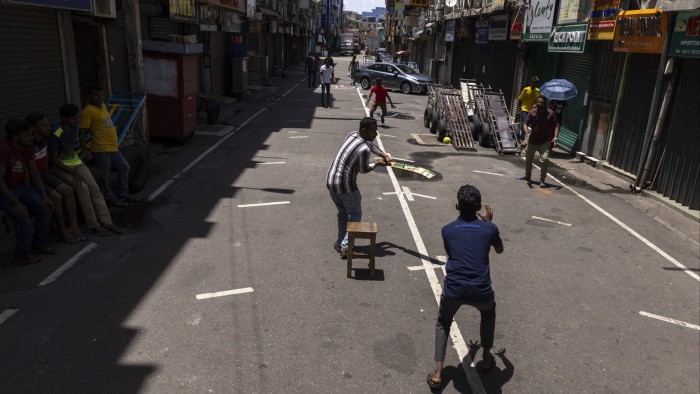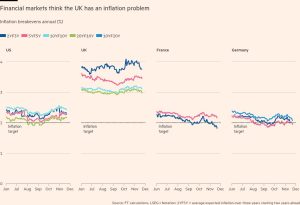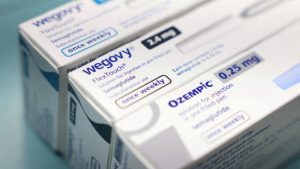Sri Lanka launches debt swap deal to end sovereign default

Unlock the Editor’s Digest for free
Roula Khalaf, Editor of the FT, selects her favourite stories in this weekly newsletter.
Sri Lanka has launched an offer for investors to swap $12.5bn of dollar bonds into new reduced debts, in a deal that is expected to end the south Asian nation’s first ever external default.
The Sri Lankan government said on Tuesday that investors have until December 12 to vote on a proposal that would end a two-year saga for the island country and its bondholders, a majority of whom have indicated they will back the swap.
Sri Lanka halted payments on its dollar debt in May 2022 as a currency crisis shattered foreign exchange reserves. A resolution was delayed as China, a significant creditor, and other lenders disagreed over how to restructure over $40bn of debt.
Similar long-running sovereign default sagas have also been brought to conclusions in Zambia and Ghana this year, and a completion of a deal for Sri Lanka would further raise hopes that the system of restructuring sovereign debts is still functioning.
Sri Lanka’s restructuring has also become a test for two new types of sovereign debt. It will offer investors the choice of macro-linked bonds, which will link payments to GDP, and a governance-linked bond that will reduce payouts in return for tax and other reforms.
The restructuring offer “marks an important milestone for Sri Lanka”, said President Anura Dissanayake, who took power in September on a leftist platform and whose coalition won parliamentary elections this month.
Prices for Sri Lanka’s defaulted bonds have risen a third this year as a restructuring deal grew closer. Last week the IMF greenlit another $330mn portion of a $3bn bailout for the country that required debt relief.
The previous government reached a final deal with bondholders two days before voters kicked it out in September’s presidential elections.
A creditor committee of Amundi, BlackRock, GMO and other holders of about 40 per cent of the old bonds said the new debts “will make a substantial contribution to ensuring the sustainability of Sri Lanka’s external debt in the medium term” by linking payouts to economic performance.
Local holders who own more than a tenth of the debt also said they will support the deal, which will include an option for them to swap into bonds denominated in Sri Lankan rupees.
Because of the macro-linked terms the new debts will total $9.1bn, and pay a lower coupon than the original $12.5bn bonds, if Sri Lanka’s GDP averages just below $90bn in nominal terms over the next few years.
If the average GDP rises above $100bn, the debts will rise to more than $10bn, and pay a higher coupon. If it falls below $85bn, the bonds will shrink below $8bn.
Some analysts have said that the macro-linked bonds risk overloading Sri Lanka with debt payments if the economy performs strongly.
Backers have said these structures are increasingly needed to bridge disagreements over economic forecasts in sovereign restructurings, and that macro-linked bonds allow downside as well as upside for investors.
Recent debt restructurings by Ukraine and Zambia have also linked bond repayments to GDP.
The Sri Lankan economy grew nearly 5 per cent in the second quarter of this year compared with a year earlier. Last year the country recorded a current account surplus for the first time since 1977.
“The features of the new bonds have been meticulously discussed for over two years with holders in good faith, ensuring the best possible outcome for all parties,” Sri Lanka’s finance ministry said.
#Sri #Lanka #launches #debt #swap #deal #sovereign #default





